A road is a wide way leading from one place to another, especially one with a specially prepared surface which vehicles can use. Since the dawn of civilization and the invention of the wheel, humanity has found the need to create paths and improve existing paths in order to facilitate easier and faster movement of people and goods. as the automobile and truck have offered ever higher levels of mobility, vehicle ownership per head of population has increased. Road needs have been strongly influenced by this popularity and also by the mass movement of people to cities and thence to suburban fringes – a trend that has led to increasing travel needs and road congestion and to low-density cities, which are difficult to service by public transport. Quality of roads may change from country to country. Road quality is determined by the extensiveness of a country’s road network, as well and the condition of that network. Countries are ranked based on assigned scores which range from 1 to 7. A score of 1 indicates that the quality of roads is extremely poor, while a score of 7 means the quality of road infrastructure which is extremely good. Here is the list of 10 Countries with The Best Roads in the world.
1.United Arab Emirates
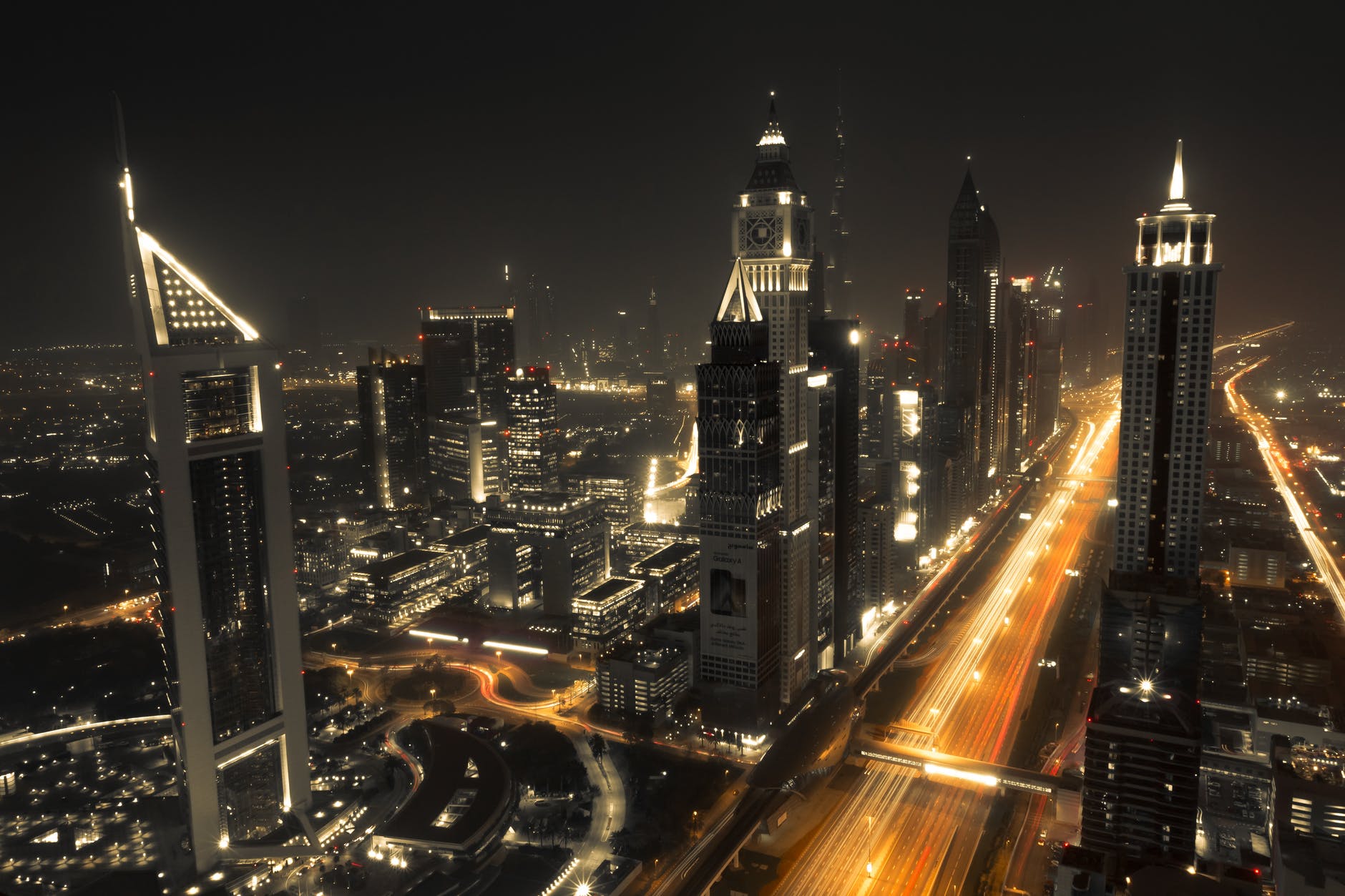
The UAE has the best road network globally. The UAE may be ranked number one in the world for road quality but it lags behind other nations when it comes to road safety and traffic congestion. The average value for the United Arab Emirates during that period was 6.29 points with a minimum of 5.9 points in 2018 and a maximum of 6.65 points in 2013. The latest value from 2019 is 6 points. For comparison, the world average in 2019 based on 141 countries is 4.07 points. The UAE continues to construct and maintain roads in accordance with international standards, using the best technology that fits the country’s environmental conditions. The roads’ projects aim to improve efficiency of traffic and connect parts of the country with a modern road network. The UAE has a road network, which connects different emirates with each other. This achievement has been attributed to sophisticated road infrastructural projects undertaken across the country, which are in line with the nation’s Vision 2021 program. Ministry of Interior Development replaced traditional lights with power-saving LED lamps on all federal roads spanning 710 km. The LEDs are less pollutant to the environment with less carbon emission than traditional lights.
2.Singapore

Singapore is ranked at the top in Asia and second globally in terms of road infrastructure in the country. Singapore roads may not be as safe. The average value for Singapore during that period was 6.44 points with a minimum of 6.05 points in 2014 and a maximum of 6.66 points in 2006. The latest value from 2019 is 6.5 points. For comparison, the world average in 2019 based on 141 countries is 4.07 points. Singapore roads are so good that they have Grand Prix races on it. There is no need for a special track. The quality of the roads in Singapore have been consistently ranked as among the very best in the world, above even nations like the US and the UK. The cost of parking in Singapore was also the lowest among the top 10 cities. Drivers in Singapore may actually be more dangerous than drivers in other high wealth countries such as United States, Japan, United Kingdom and Canada.
3.Switzerland

Switzerland is ranked third in road quality. The European nation is renowned throughout the world for its excellent infrastructure and also ranks first in terms of electricity supply and second in the quality of its railroad infrastructure. The average value for Switzerland during that period was 6.34 points with a minimum of 5.86 points in 2015 and a maximum of 6.66 points in 2008. The latest value from 2019 is 6.3 points. For comparison, the world average in 2019 based on 141 countries is 4.07 points. The Federal Roads Office FEDRO is the Swiss technical agency for road infrastructure and individual road transport. The motorway network is thus the backbone of mobility in Switzerland. FEDRO is the agency in charge of the motorways, and in this capacity is responsible for the adequate functionality, safety, acceptability and availability of this infrastructure. Every country has its idiosyncrasies when it comes to driving. Swiss roads are generally safe, and driving culture is to follow the rules. Although Switzerland is not a member of the European Union, signs largely follow the general European conventions concerning the use of shape and color to indicate their function. The Swiss road signs are defined in the Road Signs Act, which is based on several laws and ordinances. Here Highways are indicated with green signs, and main roads by blue signs.
4.Hong Kong
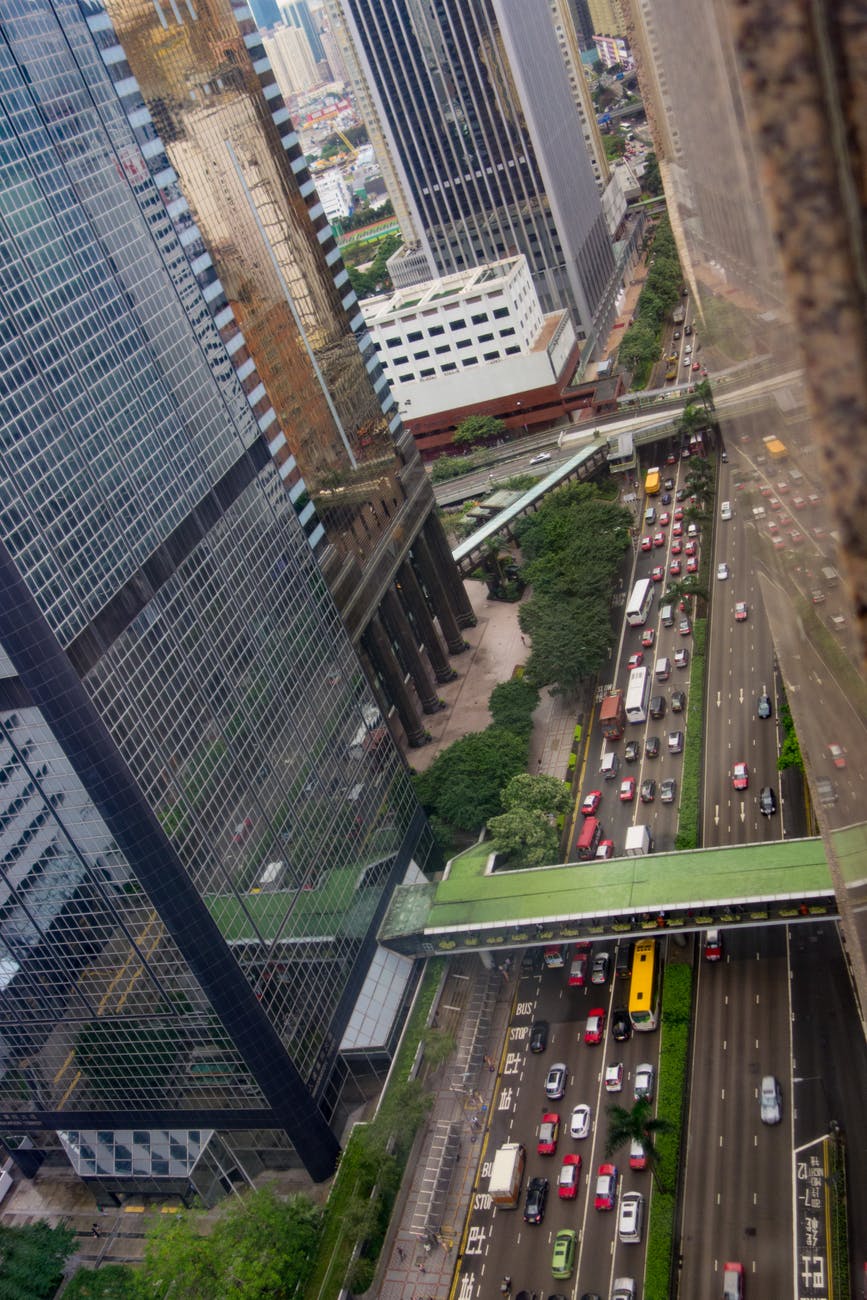
Hong Kong has the best infrastructure in the world, the World Economic Forum (WEF). WEF measured the quality of road and rail networks and the quality of the electricity supply in 144 countries. The GCI ranked Switzerland as the most competitive country in the world, thanks to its “topnotch academic institutions, high spending on R&D. The average value for Hong Kong during that period was 6.26 points with a minimum of 6.04 points in 2014 and a maximum of 6.59 points in 2009. The latest value from 2019 is 6.1 points. For comparison, the world average in 2019 based on 141 countries is 4.07 points. Hong Kong public transport system scores high in survey. Hong Kong has been rated as having the most connected, reliable, frequent and well-maintained public transport network against New York and London, but it lags way behind in terms of bike networks and air quality. Hong Kong is a wonderful unique destination for travelers with a surprise around every corner. To create its annual ranking, it looks at each country’s “12 pillars of competitiveness:” institutions; infrastructure; macroeconomic environment; health and primary education; higher education and training; goods market efficiency; labor market efficiency; financial market development; technological readiness; market size; business sophistication and innovation.
5.Netherlands

Netherlands has the best infrastructure in Europe. The quality of the road network and access to electricity supply were also ranked highly. World Economic Forum (WEF) declared that Netherlands was ranked best in Europe regarding its transport network. The average value for the Netherlands during that period was 5.9 points with a minimum of 5.29 points in 2008 and a maximum of 6.4 points in 2019. The latest value from 2019 is 6.4 points. For comparison, the world average in 2019 based on 141 countries is 4.07 points. The government is looking at new technologies to solve challenges in the area of transport, the environment and safety. The Netherlands wants to take the lead in new initiatives like the Internet of Things, smart cities and connectivity.
6.Japan
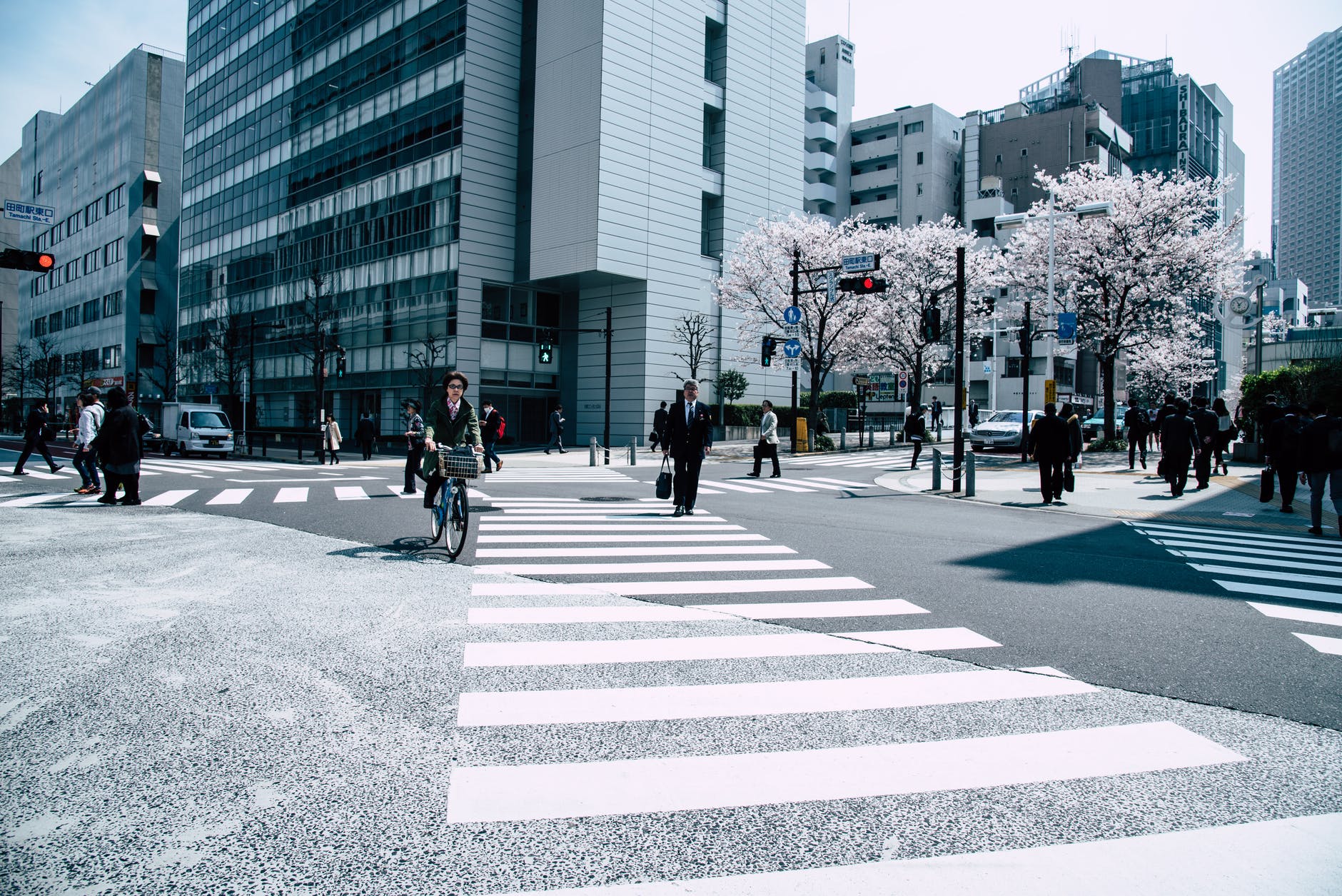
Japan beat the Belt and Road to the punch not only by advancing and financing a large-scale Asian connectivity endeavor, but also by emphasizing the role of quality for more sustainable growth. The average value for Japan during that period was 5.9 points with a minimum of 5.6 points in 2009 and a maximum of 6.1 points in 2016. The latest value from 2019 is 6.1 points. For comparison, the world average in 2019 based on 141 countries is 4.07 points. Road transport is an essential element of the Japanese transport network, and vital part of the Japanese economy. Each level of the Japanese road network has its own numbering scheme. For national and prefectural routes, numbers of lower value indicate greater significance to the system. Japan’s financial position in Asia provided a solid foundation for an upgraded approach to infrastructure investment.
7.France
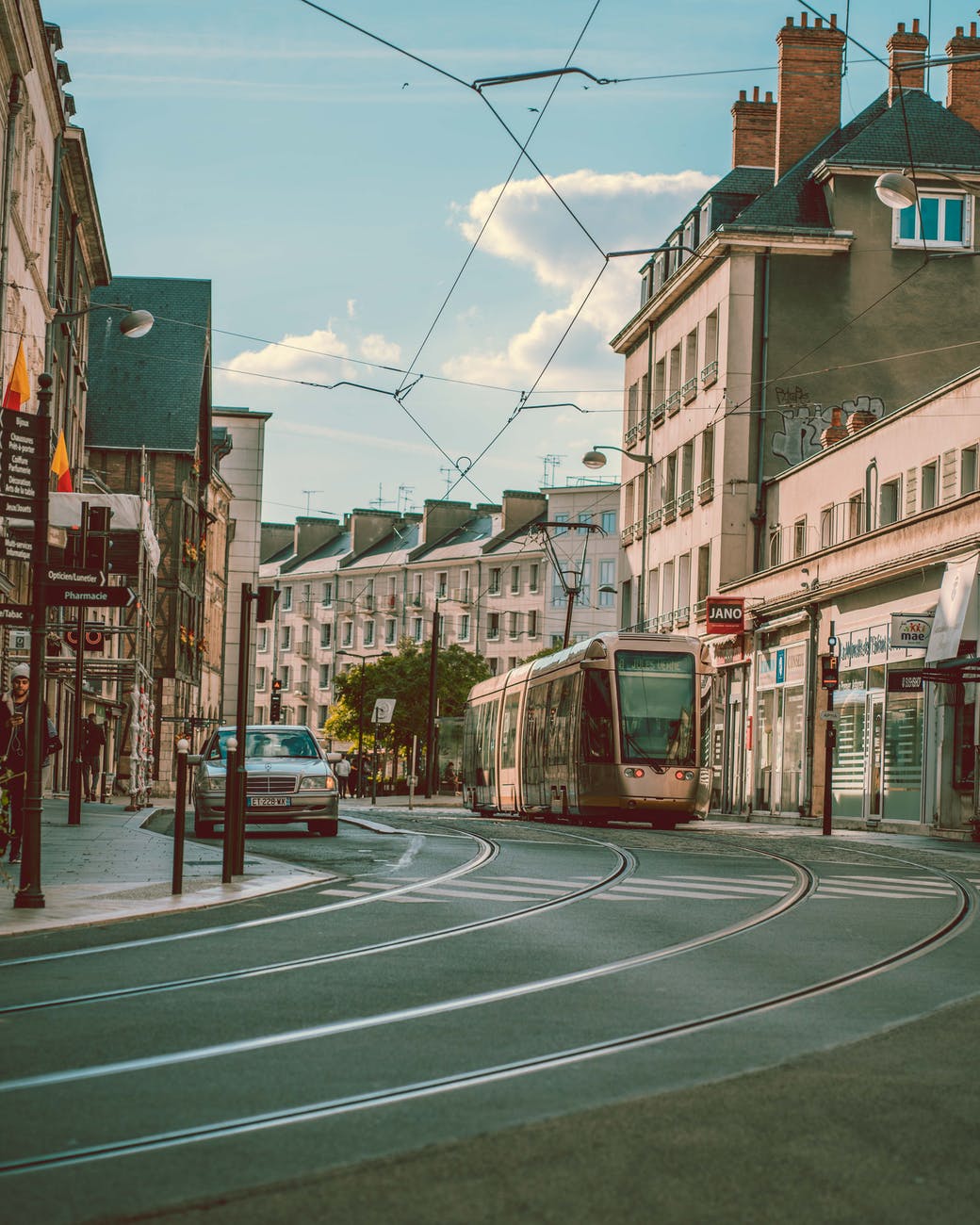
France is more touring destination. The average value for France during that period was 6.31 points with a minimum of 5.4 points in 2019 and a maximum of 6.72 points in 2008. The latest value from 2019 is 5.4 points. For comparison, the world average in 2019 based on 141 countries is 4.07 points. The quality of roads varies enormously, however: while motorways are generally excellent and most other main roads are also very good, urban roads and minor roads in rural areas can be poorly maintained. Most French motorways are toll roads and are among the most expensive in Europe. It is very simple in France to spend wisely on Infrastructure.
8.Portugal

Portugal ranked the best country for road trips in Europe. The average value for Portugal during that period was 6.04 points with a minimum of 5.43 points in 2006 and a maximum of 6.39 points in 2012. The latest value from 2019 is 6 points. For comparison, the world average in 2019 based on 141 countries is 4.07 points. Roads in Portugal are defined by the Plano Rodoviário Nacional, which describes the existing and planned network of Portuguese roads. The Portuguese road infrastructure was considered the best in Europe and the second best in the world by the World Economic Forum in its Global Competitiveness Report for 2014–2015.[1] In the 2017–2018 report, it was considered to 8th best in the world.
9.Austria

The average value for Austria during that period was 6.17 points with a minimum of 5.9 points in 2018 and a maximum of 6.45 points in 2009. The latest value from 2019 is 6 points. For comparison, the world average in 2019 based on 141 countries is 4.07 points. Investment in transport infrastructure has a huge potential in boosting growth and jobs. Member State performance is measured here in indicators such as the perceived efficiency of transport services and progress towards completion of the TEN-T core network. The safety of personnel involved in road traffic is an increasing challenge for organizations of all types due to its rising complexity. With the introduction of a management system according to ISO 39001 and a corresponding certification, organizations demonstrate the importance of these objectives towards stakeholders and show that road traffic safety is taken seriously. The results of the consolidated European road freight, which includes also the journeys of foreign trucks on Austrian territory, are presented, to give a complete picture of the road freight transport in Austria.
10.United States
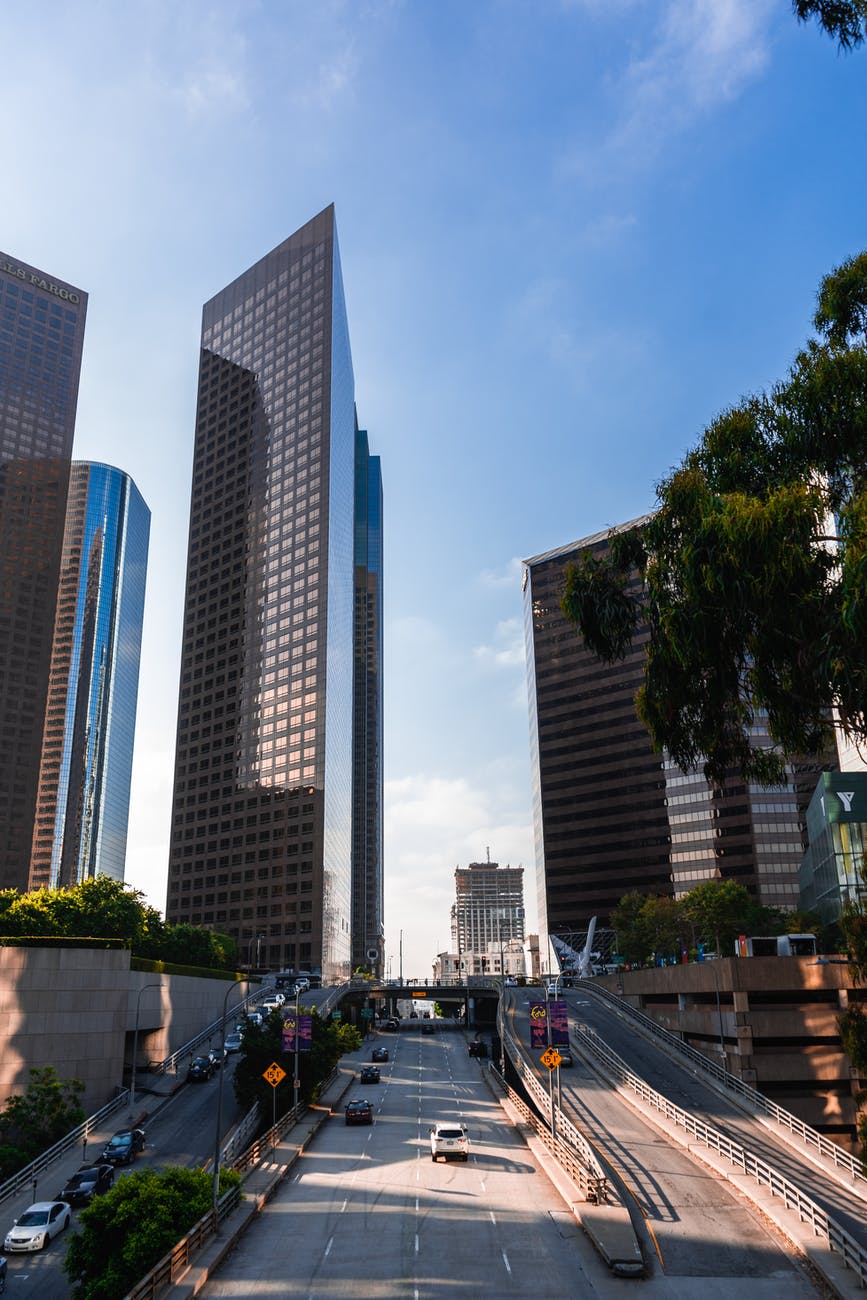
Transportation represents one-third of the weight in ranking the Best States for infrastructure. The average value for the USA during that period was 5.8 points with a minimum of 5.5 points in 2019 and a maximum of 6.2 points in 2008. The latest value from 2019 is 5.5 points. For comparison, the world average in 2019 based on 141 countries is 4.07 points. Throughout history, transportation has played a key role in the development of the American economy, determining where and when growth happens. This comprehensive subcategory is broken down into four metrics: commute time, road quality, bridge quality and public transit usage. America’s roads are critical for moving an ever-increasing number of people and goods. While traffic fatalities increased annually in the early part of the last decade, they have been declining since 2017.

